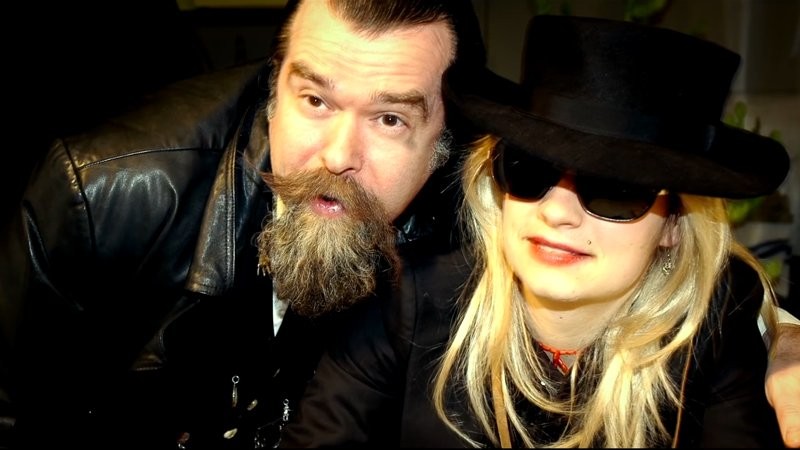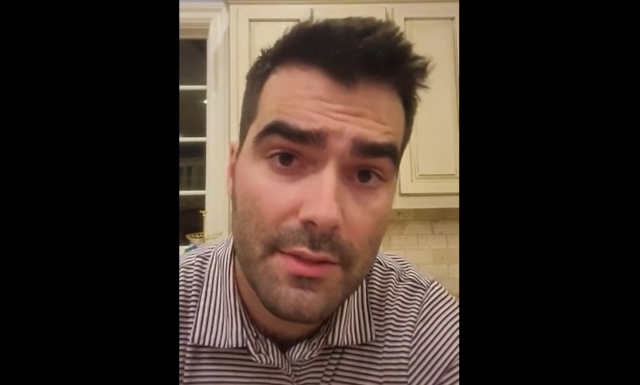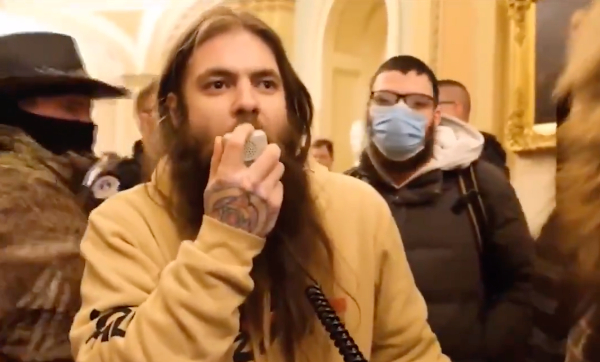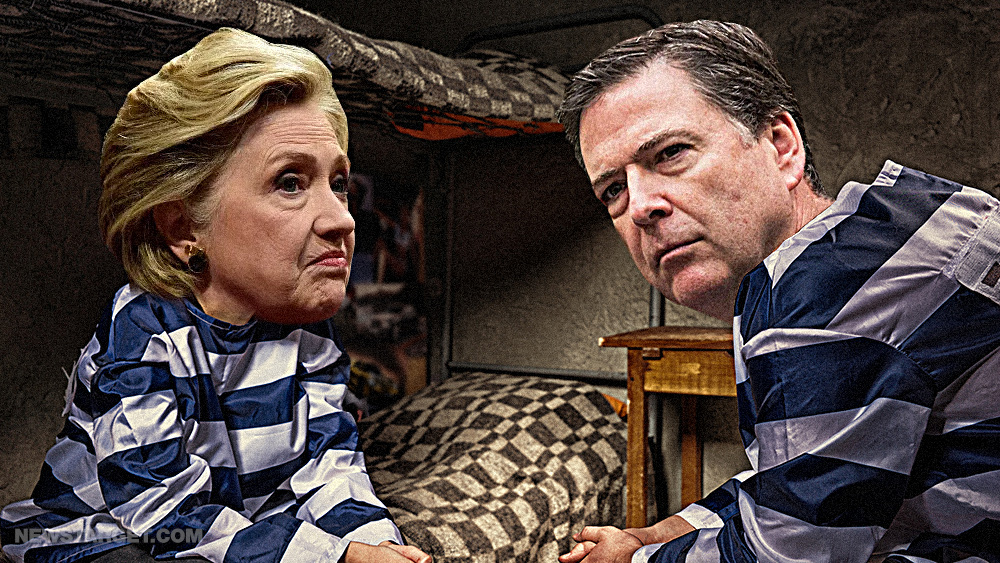The new documentary “Author: The JT LeRoy Story,” written and directed byJeff Feuerzeig, is a potent reminder of the bizarre ways the JT (Jeremiah Terminator) LeRoy phenomenon played out in San Francisco and around the world in the early 2000s. The pathologically shy, gender-unsure teen author with the homeless, Polk Street-hustler past published best-selling cult fiction (“Sarah,” “The Heart Is Deceitful Above All Things”) while his enigmatic public persona (matted blond wig, oversize sunglasses) charmed the literary and fashion worlds.
Article by Jessica Zack
LeRoy developed an international fan base and a circle of A-list friends and admirers (including Gus Van Sant, Mary Karr, Michael Stipe, Winona Ryderand Bono) who were wowed by his emotionally raw style and the reclusive, enigmatic man-child behind it.
When the press unmasked LeRoy in 2005 as the fictitious brainchild of 40-year-old San Francisco writer Laura Albert, it was considered the unraveling of the biggest modern literary hoax. New York magazine revealed that Albert, a former phone-sex worker, had written LeRoy’s books, and that her twentysomething sister-in-law Savannah Knoop had pretended to be the androgynous hipster writer in public, with Albert herself posing as LeRoy’s assistant, Speedie.
Then, and even now, 10 years later, what many fans of LeRoy’s work have most wanted to know is the same thing Feuerzeig wondered when he first learned about the LeRoy scandal: “Who is Laura Albert? And how did this mega-complicated story all transpire in the public eye?” said Feuerzeig, who lives in Los Angeles, during a recent visit to San Francisco.
“I was fascinated when the story broke by the issues of authorship, authenticity and role playing, so I started reading these amazing accounts in Vanity Fair, the New York Times, Salon, just an endless list of great minds weighing in on the topic. But I thought, wow, there is one voice glaringly missing which I would really love to hear, and that’s Laura’s. That’s when I reached out to her about finally telling her story.”
Albert, understandably press-shy after her very public takedown (including a 2007 lawsuit in which she was found guilty of fraud for signing a movie contract using her pseudonym), had already turned down other directors. Yet she found a kindred artistic spirit in Feuerzeig, whose award-winning 2005 documentary “The Devil and Daniel Johnston” explored the intersection of mental illness and creative genius in its singer-songwriter subject.
Feuerzeig had no idea when he launched the project that Albert had compulsively recorded years of her phone conversations, which serve in the film as an astonishingly intimate way to explain Albert’s complicated journey into playing her “avatar” LeRoy.
“I gave him every diary, everything,” said Albert, fighting back tears at a San Francisco International Film Festival post-screening Q&A at the Castro Theatre. “Once I trusted him, if it was going to be found that I was the Antichrist, that would have to be OK.”
A central aspect of the JT LeRoy phenomenon explored in “Author” is how celebrities flocked to the alt-author’s readings, wanting to be among the few to “know” him. Fawning callers heard in the film range from Van Sant (who commissioned an early script from LeRoy for his movie “Elephant”) and Tom Waits to Billy Corgan and Courtney Love, who in the film’s funniest moment is heard noisily snorting a line of cocaine mid-conversation.
Feuerzeig spent eight days interviewing Albert in Los Angeles, sessions he describes as “more therapeutic for Laura than interrogational. She had time to unspool absolutely everything.”
She sat in front of a 10-by-10-foot backdrop of blown-up pages from her LeRoy books. “I wanted her conceptually to be emerging from her own words,” says Feuerzeig.
Among the film’s biggest revelations is that LeRoy was not, Albert said, a premeditated stunt to court fame, but instead an identity that emerged organically from a deep wellspring of shame and grief in her psyche over childhood sexual abuse.
She first started writing as LeRoy at the suggestion of San Francisco clinical psychologist Terrence Owens, who was working the Child Crisis Services Line when Albert, a “help-line addict,” called, pretending to be a desolate teen boy seeking comfort.
“I learned so much working on this about the complicated place art and fiction can sometimes come from, not to mention the question, what is fiction?” says Feuerzeig.
Albert told the Castro audience, “It was all a lie agreed upon. I was telling people, dropping hints, all the time. Oscar Wildesaid, ‘Give a man a mask, he’ll tell you the truth.’”
Albert is working on a memoir (under her own name) that explains the scandal. She is contrite about hurting the people who “went to bat for JT,” but dismisses the assertion that the impersonation was a hoax. Instead, she says it was a deeply personal creative act that was grossly misunderstood by people looking for more than what her words alone could offer.
In “Author,” she points at one of LeRoy’s books: “It says ‘fiction’ right there on the cover. All the rest is extra.”
Jessica Zack is a freelance writer who frequently covers art and film for The Chronicle.
Author: The JT Leroy Story (R) opens Friday, Sept. 9, in Bay Area theaters.
To see a trailer: www.jtleroystory.com





















